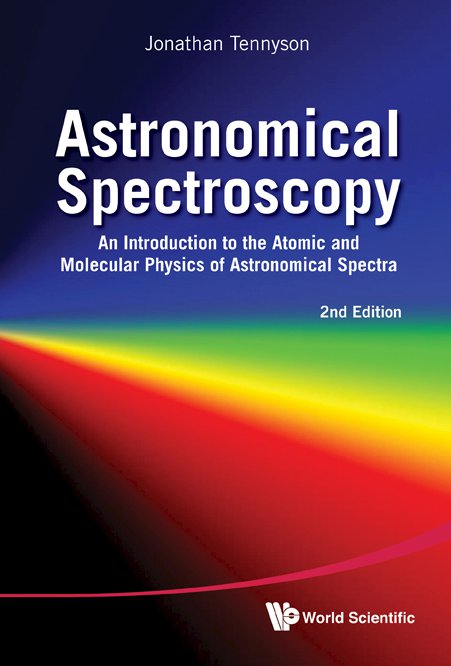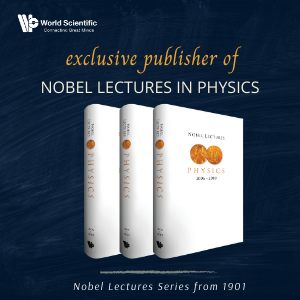System Upgrade on Tue, May 28th, 2024 at 2am (EDT)
Existing users will be able to log into the site and access content. However, E-commerce and registration of new users may not be available for up to 12 hours.For online purchase, please visit us again. Contact us at customercare@wspc.com for any enquiries.
New Edition: Astronomical Spectroscopy (3rd Edition)
Nearly all information about the Universe comes from the study of light as it reaches us. However, understanding the information contained in this light requires both telescopes capable of resolving it into its component colours and a detailed knowledge of the quantum mechanical behaviour of atoms and molecules. This book, which is based on a third-year undergraduate course taught by the author at University College London, presents the basic atomic and molecular physics necessary to understand and interpret astronomical spectra. It explains how and what kind of information can be extracted from these spectra. Contemporary astronomical spectra are used extensively to study the underlying atomic physics and illustrate the results.
Sample Chapter(s)
Chapter 1: Why Record Spectra of Astronomical Objects? (92 KB)
Chapter 2: The Nature of Spectra (363 KB)
Chapter 3: Atomic Hydrogen (630 KB)
Contents:
- Why Record Spectra of Astronomical Objects?
- The Nature of Spectra
- Atomic Hydrogen
- Complex Atoms
- Helium Spectra
- Alkali Atoms
- Spectra of Nebulae
- Spectra in Magnetic Fields
- X-Ray Spectra
- Molecular Structure
- Rotational Spectra
- Vibration-Rotation Spectra
- Electronic Spectra of Diatomic Molecules
Readership: Students and professionals working in the fields of astrophysics.






















